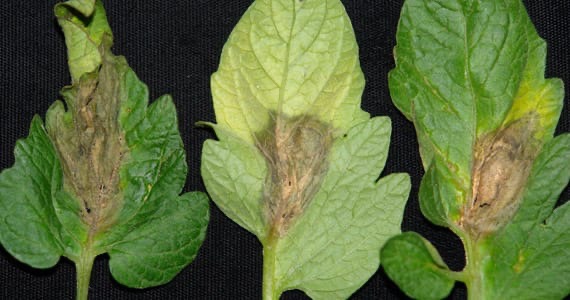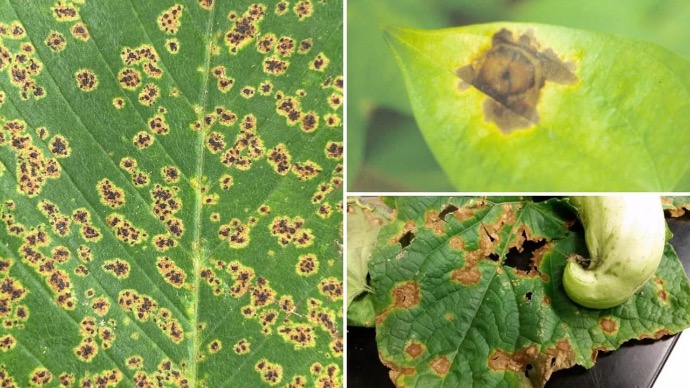Oregano Plant
Oregano is a perennial, 12-24 inches tall, and frost-tolerant. It prefers well-drained, sandy-loam soil in full sun. Keep the soil moist. Oregano is both edible and has medicinal properties.
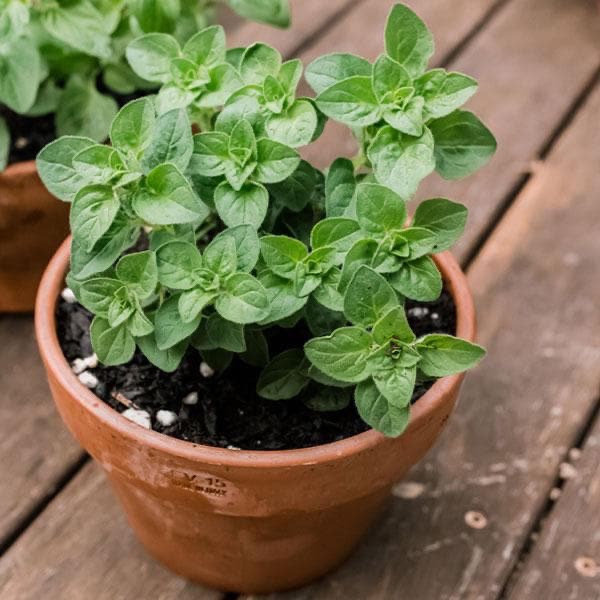
Habit
Perennial
Height
0.5-1 m
Growth
Fast
Soil
Well Drained , sandy-loam
Shade
Full Sun
Moisture
Moist
Edible
Yes
Medicinal
Yes
Origin
Mediterranean
Climatic Condition
Temperate, Subtropical
Temperature (°)
15-30°C
Humidity (%)
60-70%
Potting media
Loamy, peat
Fertilizers
Balanced NPK (10-10-10)
Watering
Regular, moderate
Plant Weight
50-100 g
Flowering Time
Summer, Fall
Soil Ph level
6.0 - 8.0
Water Ph level
6.5 - 7.5
Soil EC
1-2 dS/m
Yield Per Plant
Herb (leaves)
NPK ratio
10:10:10
life Span
Perennial
Health Benefits
Antioxidant-rich, anti-inflammatory, digestive aid
Suggested Grow Media or Potting Mix ?
50% loamy soil, 30% compost, 20% sand
Suggested Fertigation/Fertilizers
Fertilize every 4 weeks with a balanced, water-soluble fertilizer.
Common Diseases and Remedies
Botrytis Rot, Anthracnose.
Rottening of leaves or root and translucent, brown spots and sunken spots.
Neem oil, Pruning.
HEALTH BENEFITS
- Powerful antibacterial and antiviral properties.
- Rich in antioxidants, reducing inflammation.
- Supports digestion and relieves bloating.
- Boosts immunity and helps fight respiratory infections.
What Is An Oregano?
Oregano is a fragrant herb commonly used in Mediterranean cuisine, especially Italian and Greek cuisine. Although it has a pungent flavor and is often used dried, you can also use fresh oregano. It pairs well with tomatoes, olive oil, garlic, and meats such as lamb or chicken. Additionally, oregano is thought to have health benefits, including anti-inflammatory and antibacterial properties. Oregano is a culinary herb commonly used in Mediterranean and Mexican cuisine. It has a strong, aromatic flavor and is often dried and used in dishes such as pizza, pasta sauces, and marinades. It belongs to the Lamiaceae family and is native to the Mediterranean region.
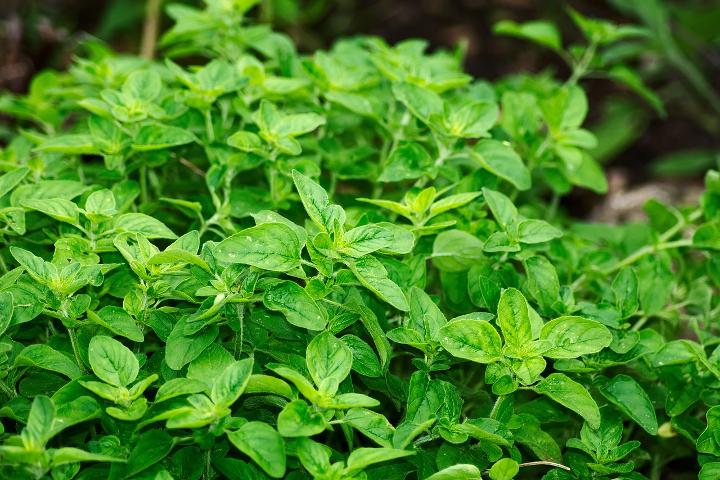
What Are The Different Types Of Oregano?
1. Greek Oregano (Origanum vulgare hirtum)
This is a classic oregano often used in Mediterranean cuisine. It has a strong peppery flavor and is often used in dishes such as pizza, pasta sauces, and marinades.
2. Italian Oregano (Origanum x Majoricum)
Similar to Greek oregano, Italian oregano is also commonly used in Mediterranean cuisine. It has a slightly sweet taste and is often used in tomato-based sauces, soups, and salads.
3. Mexican Oregano (Lippia graveolens)
This variety comes from Mexico and has a citrusy, earthy flavor with hints of licorice. It is often used in Mexican and Latin American dishes such as chili, salsa, and mole sauces.
4. Syrian Oregano (Origanum syriacum):
Also known as Lebanese oregano or Za'atar, this variety has a complex flavor with notes of citrus, pine, and earth. It is often used in Middle Eastern cuisine, especially in spice blends such as za'atar.
5.Cuban Oregano (Plectranthus amboinicus):
Although not true oregano, this herb is often called Cuban oregano because of its similar flavor. It has a strong, slightly minty flavor and is used in Caribbean and Latin American cuisine and in herbal remedies.
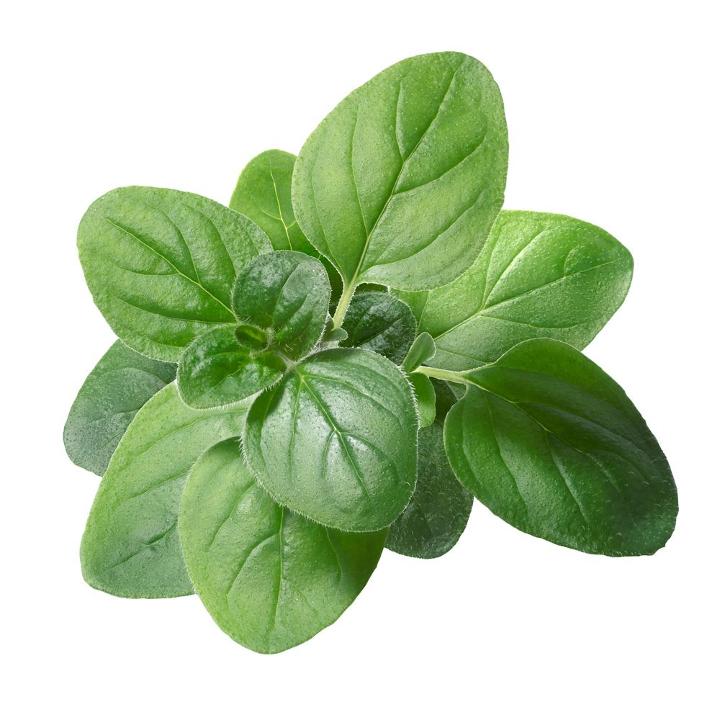
How To Care For Oregano?
1. Location
Oregano typically grows best in areas with a Mediterranean climate, characterized by hot, dry summers and mild, rainy winters. Grows in well-drained soil and full sun. However, it can be grown indoors in pots, provided there is sufficient light and warmth.
2. Sunshine
Oregano generally likes sunlight, so ideally it should be placed in an area that receives 6 to 8 hours of direct sunlight per day. However, it also tolerates partial shade, especially in hot climates. Make sure it gets enough sunlight for healthy growth and flavor development.
3. Soil
Oregano grows in well-drained soil with a pH between 6.0 and 8.0. A mix of equal parts potting soil, perlite, and coarse sand is suitable for container gardening. If planting outdoors, enrich the soil with organic matter such as compost to improve drainage and fertility. Make sure the soil stays evenly moist and not soggy.
4. Hydration
Oregano plants generally prefer moderate watering. Allow the soil to dry slightly between waterings, but be careful not to let it dry out completely. Take care to keep the soil evenly moist and not soggy, especially during hot, dry periods. Additionally, oregano prefers well-drained soil to prevent root rot.
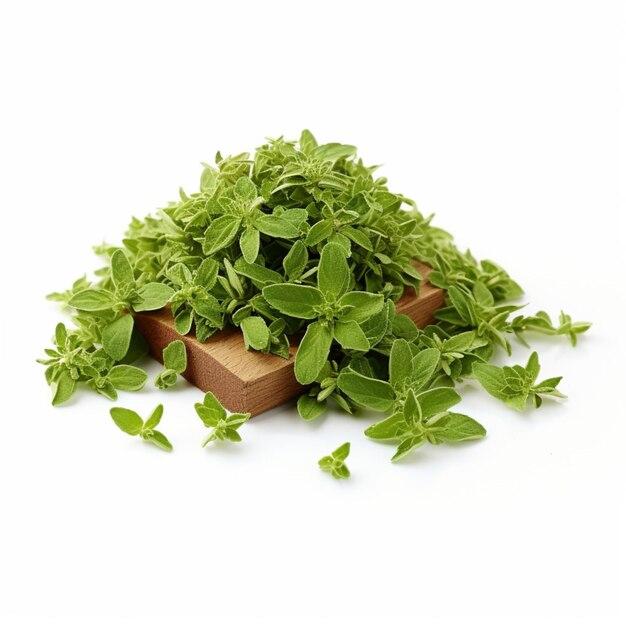
5. Nourishment
Oregano usually does not require much fertilizer. However, you can use a balanced fertilizer in the spring. For example, apply a fertilizer with an NPK (nitrogen-phosphorus-potassium) ratio of 10-10-10 sparingly to promote healthy growth. Additionally, mixing compost into the soil before planting can provide important nutrients to oregano plants.
6. Issues
If your soil doesn't drain well, grow oregano in raised beds or containers. The fungus that causes oregano disease problems often causes the leaves and roots to rot. If the older leaves in the center of the plant begin to rot, the plant may be infected with botrytis.
What Are The Benefits Of Mustard Greens
Antioxidant properties Oregano contains compounds such as rosmarinic acid and thymol, which have antioxidant properties that help protect cells from free radical damage. Antibacterial and antibacterial properties Oregano contains compounds such as carvacrol and thymol, which have been shown to have antibacterial properties and may help fight infections. Anti-inflammatory properties Some studies suggest that oregano has anti-inflammatory properties and may help reduce inflammation in the body. Digestive Health Oregano has traditionally been used to aid digestion and relieve symptoms such as bloating and bloating. Rich in nutrients Oregano is an excellent source of vitamins and minerals, including vitamin K, iron, manganese, and calcium. Cancer-fighting potential Some studies suggest that compounds in oregano may have anti-cancer properties, but more research is needed in this area. May Support Heart Health Oregano contains compounds that may help lower cholesterol and blood pressure, which may reduce your risk of heart disease.
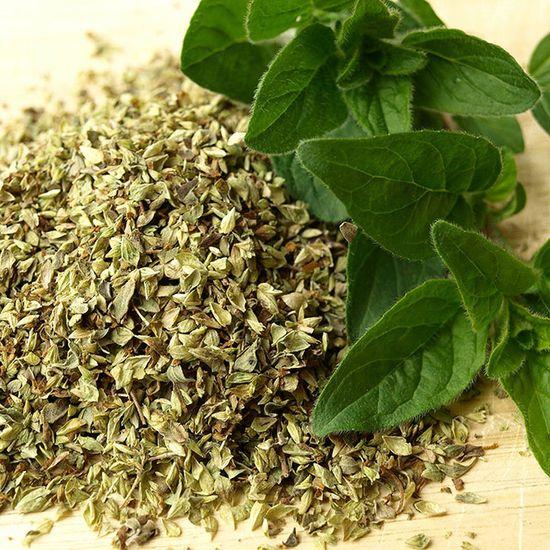
FAQs About Growing Oregano
1. How to maintain oregano?
Light Oregano thrives in full sun, so ensure it gets at least 6-8 hours of sunlight per day. Watering Water oregano when the soil feels dry to the touch, but avoid overwatering as it can lead to root rot. Oregano prefers slightly dry conditions. Soil Plant oregano in well-draining soil with good organic matter content. A pH level of 6.0 to 8.0 is ideal. Pruning Regularly prune oregano to encourage bushier growth and prevent it from becoming too leggy. You can harvest the leaves for culinary use while pruning. Fertilization Oregano doesn't require much fertilization. If your soil is poor, you can apply a balanced fertilizer once or twice during the growing season.
2. Can I grow oregano indoor?
Yes, you can grow oregano indoors. Oregano is a hardy herb that thrives in containers with well-draining soil and plenty of sunlight. Make sure to place the pot in a sunny spot, water it regularly, and ensure good air circulation.
3. Which pot is best for growing oregano?
For growing oregano, a pot that is at least 6-8 inches deep and has good drainage is ideal. Terra cotta pots are often recommended because they allow for good airflow to the roots, which helps prevent root rot. Additionally, oregano prefers slightly alkaline soil, so using a pot with a neutral to slightly alkaline pH is beneficial. Make sure the pot has drainage holes at the bottom to prevent waterlogging
4. From where can I shop for oregano?
You can typically find oregano at most grocery stores, supermarkets, or specialty food stores. It's often available fresh in the produce section or dried in the spice aisle. If you prefer organic or gourmet options, you might want to check health food stores or farmer's markets as well.
